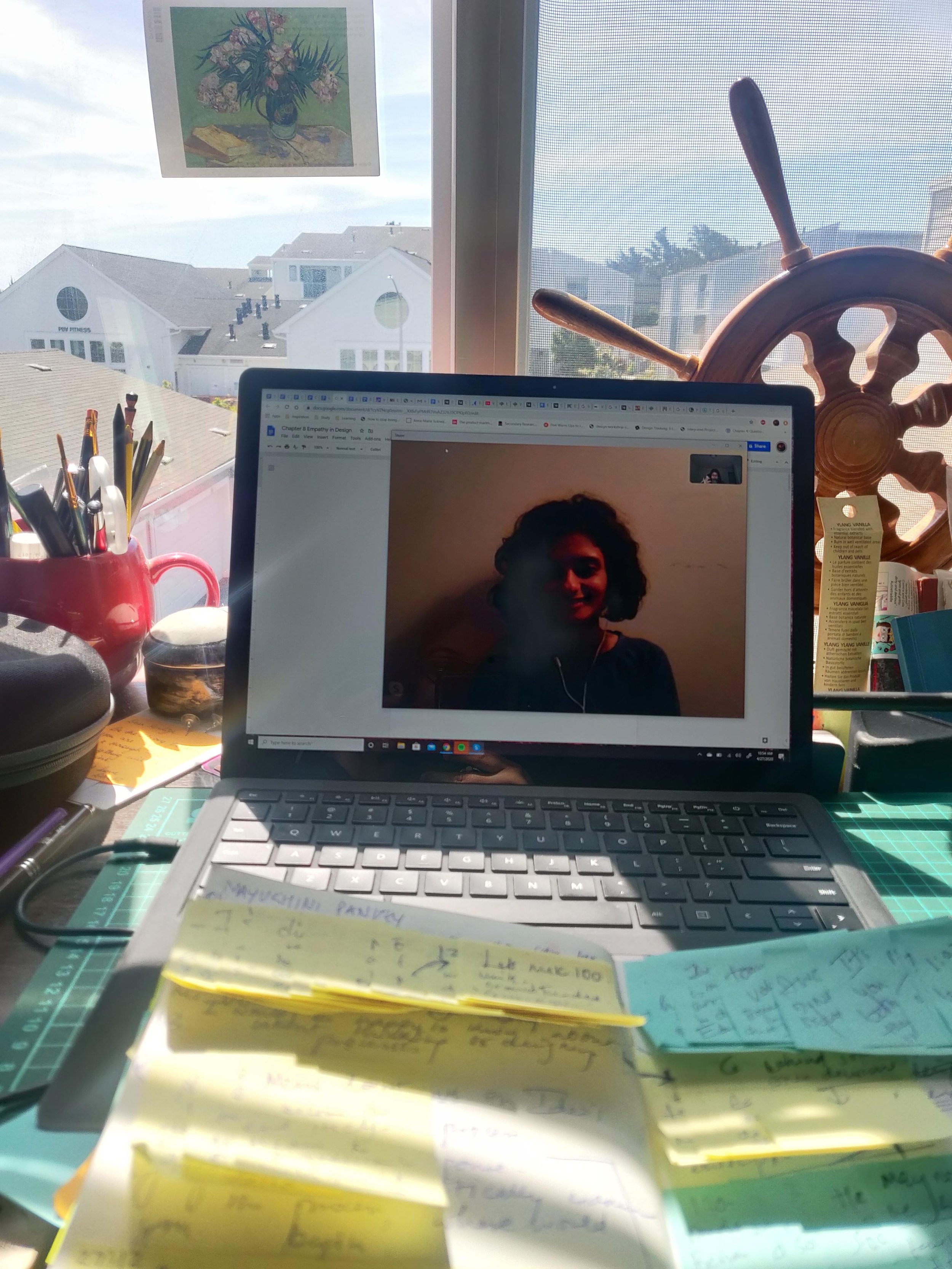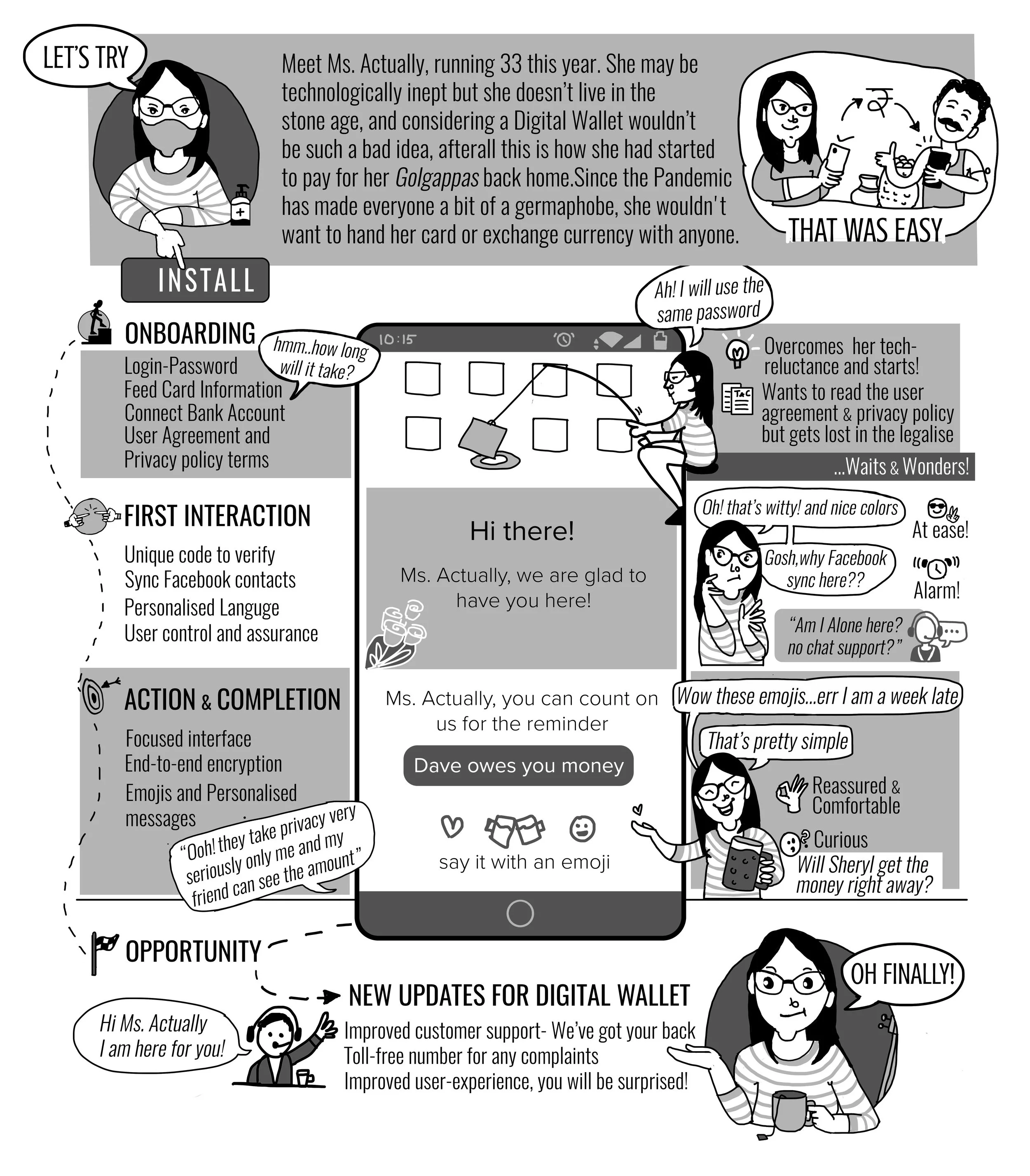Design Thinking : Beyond the Sticky Notes
There is a gnawing outcry to innovate at every juncture of a process. Leading businesses and organizations are often faced with this predication of innovation. The drivers of change crucial to any degree of innovation today are accelerating with business disruptors such as social media, the cloud, mobility, shared cab economy, autonomous vehicles and recent online healthcare, among others. Many such ideas have and continue to change our way of life and most meeting rooms in workplaces are in constant frenzy to respond to this accelerated growth and demand around us with imminent urgency.
Like many innovation toolkits such as lean or agile iterations, Design Thinking can be practiced in different scenarios by varied people with diverse set of skills and capabilities. This book offers a glimpse at how Design Thinking practitioners have been reinventing themselves with changing times and how their tools and frameworks have evolved within their practice.
“How did Design Thinking happen to me? or did I happen to Design Thinking?”
I moved to the Bay Area in 2019 and was wondering how to make use of my time while waiting for a work permit. By happenstance, a commissioning editor reached out to me on LinkedIn about the possibility of writing a book on design thinking.
The overwhelming task of writing a book needs to be acknowledged; I understand books as instruments that provide an elaborated argument, in which the author demonstrates expertise in the field. Well, in this case, let's say the author is somewhat proficient in the field.
This book in itself came with the idea of having an oral discourse on design and design thinking with various design thinkers and practitioners as participants to discern what shape design thinking takes in context to design, built on open ended ideas of organized thoughts, opinions, critique and approval. This exercise involved thirty semi-structured interviews, this largely meant, meets and interaction with these practitioners, involved in not just design but other domains of technology, data and businesses. It was interesting to know their stories and how they have warmed up to DT as a mindset. Well, meetings went down the drain since the world got engulfed in the pandemic but they (participants) were all very kind to agree to virtual meetings and this activity.
“Well, write the book you want to read.”
“All it took was to practice productive procrastination.”
Through this book, I intend to uncover existing and emerging trends revolving around the design thinking discourse, recognizing works of important authors, design practitioners, researchers, educators and appreciating differences in how the concept has been treated within and outside the periphery of design.
One has to be honest, I would be keenly interested in uncovering forgotten or ‘uncool’ practices and themes that had potential in design theory and practices. I anticipate there would be varying discussions about DT in practice and theory, the relevance of design thinking in education and management and other empirical work with potentially different methodologies for problem solving. As practitioners we often struggle with distinguishing between our assumptions, our projections and our observations, as there are too many variables out there to confuse us between the three (I was one of them not long ago).
Mindful Design framework from Design Thinking beyond the sticky notes was featured in Designwise podcast by QED42.
“But again, magic happens with practice and Design Thinking is not a supernatural power of thinking which dictates clairvoyance of any kind. Although It was supposed to fix the world. ”











